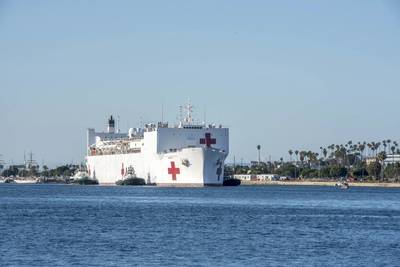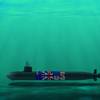Philly Shipyard Wins Contract for Hospital Ship Design Study
U.S. shipbuilder Philly Shipyard announced it has been awarded a contract to develop preliminary designs for vessels to replace the U.S. Navy's two current Mercy-class hospital ships.
The T-AH(X) Hospital Ship Feasibility Study contract was awarded by Gibbs and Cox, a Leidos Inc. company. Philly Shipyard said it will subcontract to Vard Marine Inc. to provide engineering and technical services for the six-month design study, and that the pair would leverage design work performed as part of a special study completed for the U.S. Navy’s Common Hull Auxiliary Multi-Mission Platform (CHAMP) program, which was won in 2019.
“This contract win highlights our commitment to pursuing and securing work in the government market,” said Steinar Nerbovik, Philly Shipyard president and CEO. “Along with our current commercial and government backlog of shipbuilding projects, we have completed previous design studies for the U.S. Navy and are very interested in pursuing government opportunities that fit our production delivery cycles and skill sets.”
The United States' current hospital ships, USNS Mercy and USNS Comfort, are owned by the Navy and operated by Military Sealift Command (MSC). Originally built as supertankers in the 1970s, the ships were acquired by the Navy and converted into hospital ships in the 1980s, and will reach the end of their expected service lives in the mid-2030s.
The Navy is currently evaluating future hospital ship (T-AH(X)) requirements, taking into consideration required capacity, the need for inter-modality, and technology advances to ensure the replacement ships meet the requirements of the future force.











